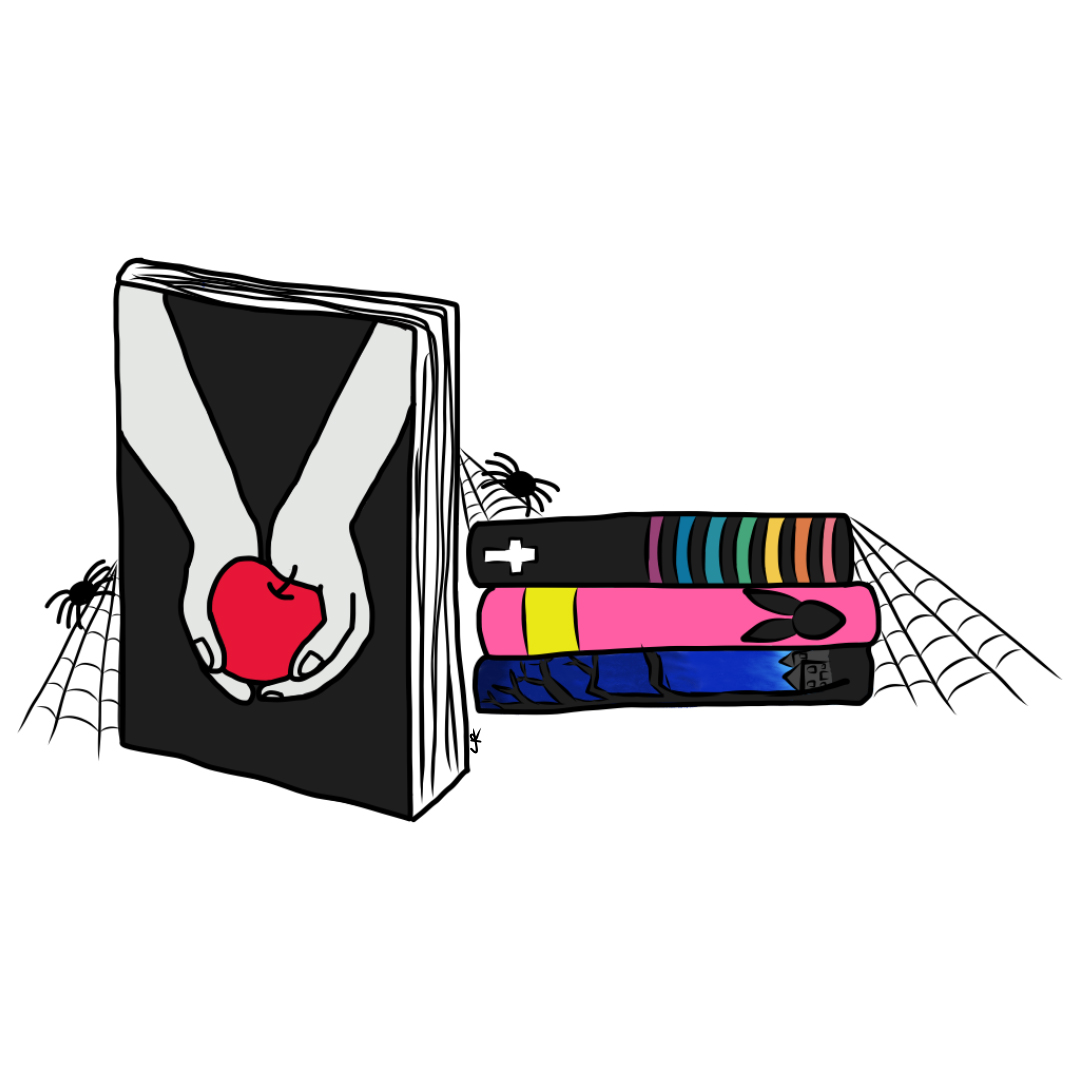Area in need of blood donors
January 25, 2006
O Positive. O Negative. A Negative. B Negative. These blood types are needed by the American Red Cross to replenish the shortage of blood currently affecting Northern Ohio.
All blood types are encouraged to donate, but these four of the eight blood types are below minimum inventory standards at the Northern Ohio Blood Services Region, said Karen Kelley, American Red Cross regional communications and marketing manager.
The blood shortage, which began in December, is directly affecting the American Red Cross’ ability to provide blood in a timely manner to Summit County and Portage County hospitals, Kelley said.
Kent State students are doing their part to help with the shortage. Students donated blood yesterday from 2 p.m. to 8 p.m. in Allyn Hall, and students can donate blood today from 2:30 p.m. to 7:30 p.m. in McDowell Hall.
“I like the idea of being able to help someone in need,” freshman exploratory major Dustin Fowkes said about donating blood. Fowkes was not aware of the current blood shortage.
When the needed blood cannot be supplied to hospitals and their inventories become “dangerously depleted,” hospitals may be forced to cancel scheduled surgeries, Kelley explained.
“The need for blood is growing faster than the number of people who are donating it,” she said.
A potential problem of a blood shortage was first noticed at the end of the holiday season because of the lack of people donating, Kelley said.
Although typically fewer people donate around the holidays, the need for blood generally increases because of a greater number of accidents caused by more highway travel and more celebrations, she said.
In addition to the traditional shortage at the end of the year, this year the American Red Cross also noticed people have not returned to donate in the numbers necessary to replenish the supply, Kelley said.
In order to replenish the supply, the American Red Cross Northern Ohio Blood Services Region must collect 900 pints a day for several days in order to keep up with the need of blood and begin rebuilding the inventory, she said.
Kelley said media coverage has helped increase the awareness.
“Of course, in addition to creating awareness, we still need to motivate and inspire people,” she said.
The average adult is able to donate one pint of blood, Kelley explained. It can then be separated into three components: red cells, plasma and platelets, which can help as many as three different patients, she added.
“One person can help save three others with no risk to their own life,” Kelley said.
Another reason for the shortage in blood is because schools were closed for the holidays, which caused donations to drop, Kelley explained.
“Students are excellent candidates for donating blood,” she said. “They are typically in general good health and willing to become involved.”
Freshman Spanish major Matt Godwin donated blood for the first time yesterday at the blood drive in Allyn Hall. He said he wanted to donate blood in order to save lives, and because he heard about the blood shortage.
Sophomore biology major Jonathan Tisher said he donated blood yesterday because it was convenient having it on campus. It was Tisher’s second time donating blood.
Blood donors must be at least 17 years old, weigh at least 110 pounds and be in general good health. A person’s eligibility is determined in a private, confidential health history review with an American Red Cross representative.
“The person who receives your blood will never know your name, but they will never forget you,” Kelley said.
Contact social services reporter Meghan Gauriloff at [email protected].












